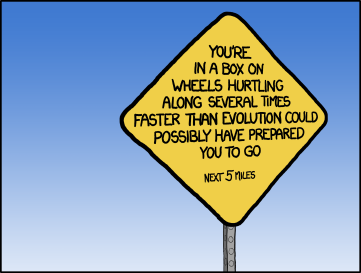A 40 minute video from the International Maintenance Conference (IMC-211) delivered by Keith Berriman, P.Eng., CMRP, Director of Engineering and Reliability, Agrium Inc.
Timely identification of equipment failure allows for planned and scheduled repairs. This in turn minimizes the impact of actual failure events on production and maintenance costs. Agrium, like many asset intensive companies, have been using Preventive/Predictive Maintenance techniques to detect impending signs of failure in their equipment. This has resulted in cost and availability improvements at many sites. In addition they have worked to leverage RCM techniques to improve their PM/PdM program. However, strengthening market conditions are providing strong impetus for further improvement in availability and production. To this end Agrium has launched a Reliability Improvement Program centered around Asset Health Monitoring based on RCM methodology.
See how Agrium has combined an asset health management solution with their SAP EAM to integrate operator rounds, vibration and other technologies to drive improvements in plant availability and production. With this approach redundant PM work has been reduced and the frequency of plant trips has been improved. In addition the program has driven the standardization of various plant software solutions and equipment hierarchies. The goal of the program is to be doing the right work on the right equipment at the right time.
Note: A high definition DVD of IMC Keynotes and Presentations is available at the MRO-Zone.com e-Store








